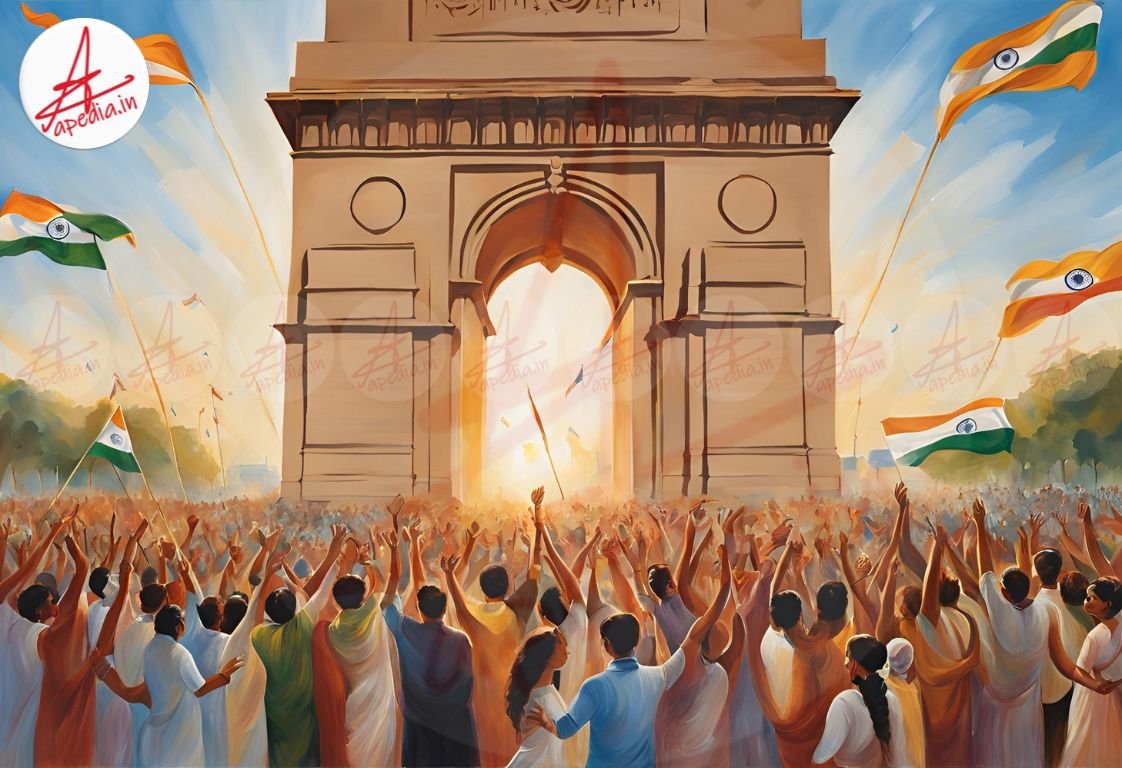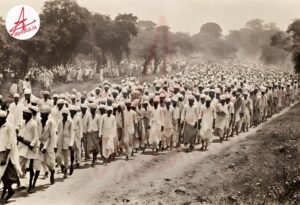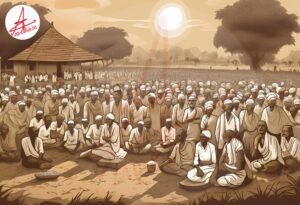India gained independence from British rule on August 15, 1947.
In 1947, India’s population was approximately 340 million; it is now over 1.4 billion.
Before independence, India’s economy was primarily agrarian and impoverished; today, India is one of the fastest-growing major economies.
Literacy rates were around 12% in 1947; as of 2023, the literacy rate is over 74%.
India was under colonial rule with no representation; post-independence, it became a sovereign democratic republic with a constitution adopted in 1950.
Detailed Comparison
India before independence in 1947 was characterized by colonial exploitation, where British rule dictated the socio-economic and political landscape of the nation. The Indian subcontinent was largely agrarian, with a significant portion of its population engaged in farming under exploitative systems like zamindari. Industrialization was limited, and local industries struggled due to British policies favoring imported goods. The economy was stagnant, with widespread poverty, hunger, and malnutrition affecting millions.
Culturally, India was rich and diverse, with a tapestry of languages, religions, and traditions. However, the British colonial administration implemented a policy of “divide and rule,” exacerbating religious and communal tensions, particularly between Hindus and Muslims, culminating in the partition of India and Pakistan in 1947. Education was also heavily skewed; only a small elite had access to quality education, while the majority remained illiterate and uneducated.
In contrast, post-independence India has seen significant changes across various sectors. Politically, India emerged as the world’s largest democracy, adopting a constitution that guarantees fundamental rights and liberties to its citizens. The establishment of democratic institutions and regular elections has fostered a more participatory governance model, although challenges like corruption and regional disparities remain.
Economically, India has transitioned from a largely agrarian society to a mixed economy, with substantial growth in sectors such as IT, manufacturing, and services. Economic liberalization in the 1990s further propelled India’s growth, making it one of the fastest-growing economies globally. Although poverty persists, there has been a notable reduction in poverty rates, and the middle class has expanded significantly, contributing to increased consumption and a vibrant market.
The education sector has also witnessed profound transformation. Literacy rates have improved dramatically, with significant investments in primary, secondary, and higher education. Initiatives like the Right to Education Act have aimed to provide universal access to education, leading to increased enrollment and awareness of educational rights.
Culturally, while India continues to celebrate its diversity, post-independence nationalism has fostered a renewed sense of unity among its people. The media landscape has flourished, with the advent of television, the internet, and social media platforms, facilitating cultural exchange and awareness.
In summary, the transformation of India from a colonized nation to a sovereign republic has been profound, marked by significant strides in democracy, economic development, education, and cultural integration. However, it remains a work in progress, grappling with its challenges while aspiring to build a more inclusive and prosperous future for all its citizens.








